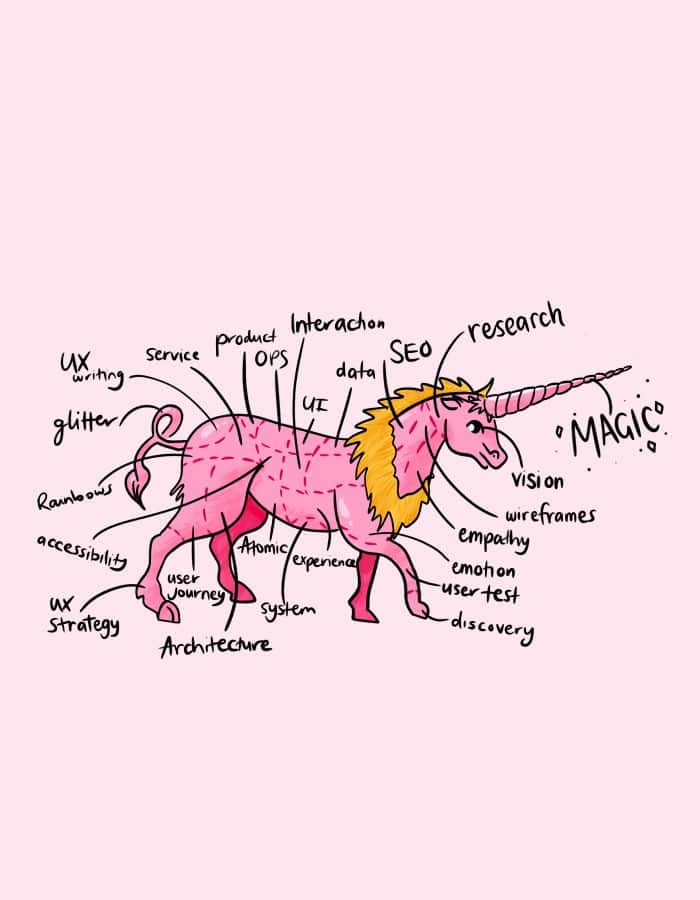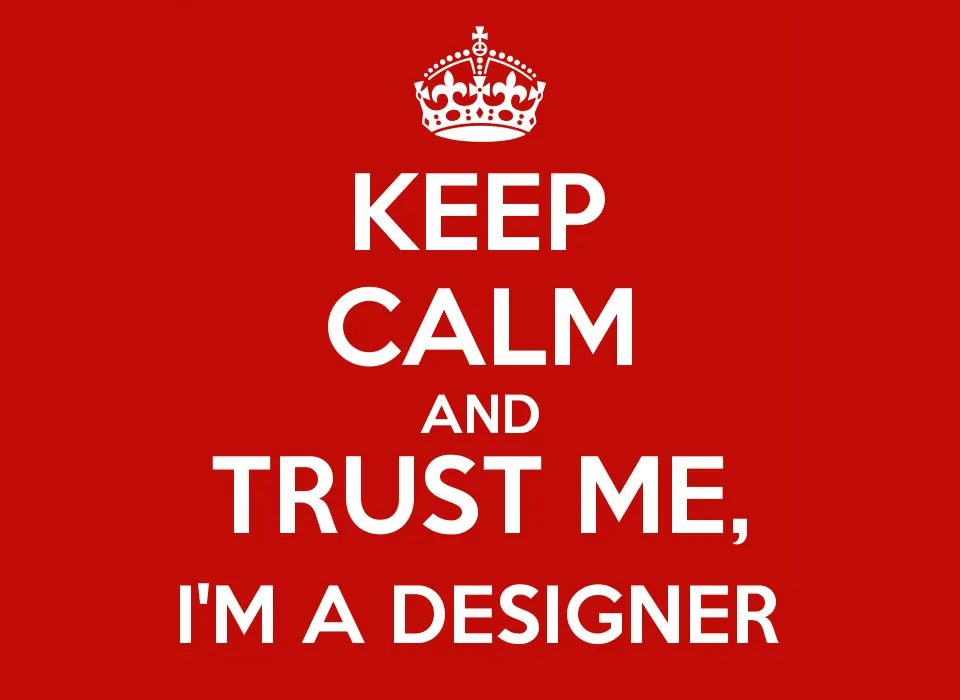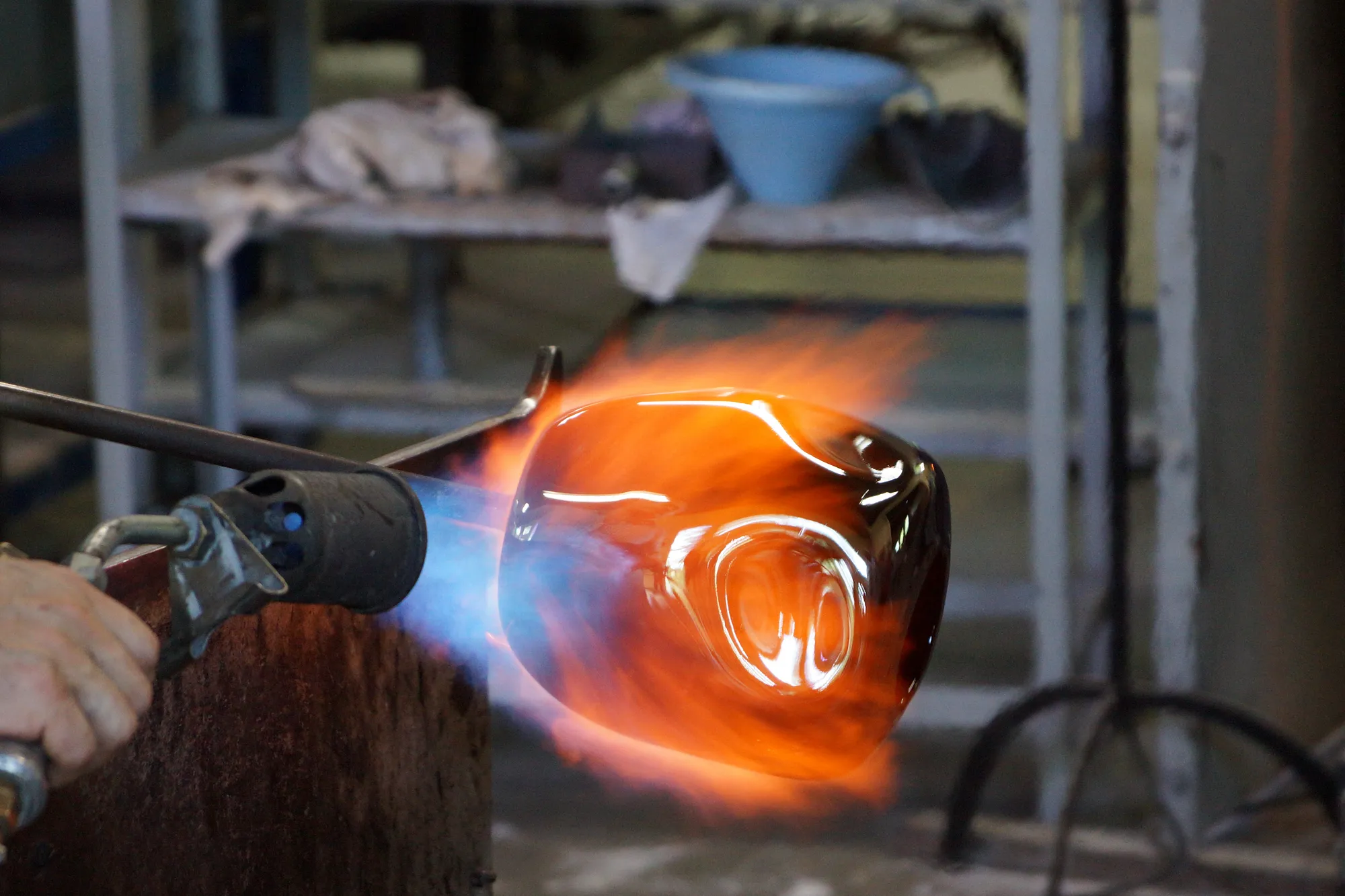UX designers don’t exist

It always seemed to me that one person in charge of the whole product or service
experience was not really possible. In my opinion, whether you are a UI-Visual-Motion-Product-Service-Interaction-Data- [insert your specialty here]-Designer, we are all connected to design in its most human sense, always with the same common goal: the user experience.
No one explains what UX Designer means in the same way. You even find a wide variety of specializations (UX Architect, UX researcher, UX strategist, UX writer…) that make it even more difficult to comprehend this job. Rather than defining UX as a job in itself, I think it is more appropriate to define it as a skill that crosses over into design.
What if UX were not a specific role in the design industry, but rather the very essence of it?

Designer vs. engineer
As an illustration of this point, I often draw a parallel between the terms designer and engineer. Engineering is a field in which there are a variety of specialties – as it is with UX – so it is often necessary to specify it further: systems engineer, telecoms engineer, agronomist engineer, civil engineer, etc. As a result, we can apply the same logic to the designer profession: interface designer, service designer, product designer, graphic designer. These two professions share common objectives, philosophical perspectives, and interpersonal relationships despite their differences. In fact, the American Engineers’ Council for Professional Development (ABET, ex-ECPD) gives this definition:
The creative application of scientific principles to design or develop structures, machines, apparatus, or manufacturing processes, or works utilizing them singly or in combination; or to construct or operate the same with full cognizance of their design; or to forecast their behavior under specific operating conditions; all as respects an intended function, economics of operation and safety to life and property
It is especially this notion of “application of scientific principles” that I find interesting in this definition. I see it as a good way of representing UX, not as a profession in itself but rather as part of all these “design principles to apply.” UX would then be like a skill that would appear in all design professions and would define what drives the design profession rather than being a profession in its own right.
Personally, I prefer to define myself simply as a designer, specifying my specialties if necessary: design system designer, experience designer, product designer…
Digital craftsmen
It’s also interesting to consider the parallel with artisan craft. As a glassblower would consider ergonomics and quality in his work, a designer is similarly concerned through his work, like a digital craftsman. Craftsmanship is a global profession that embraces a wide range of specialties (such as carpentry, upholstering, watchmaking…), but all are driven by the same values and concerns about the human condition and its use.

Craftsman or Designer? – Photo Credit © Clément Philippe
Everyone is a designer
Let’s go back to the UX Designer’s job and his responsibility for the experience of an entire product, or even an entire organization.
I’ll take Scott Kiekbusch‘s example literally to illustrate this point with the concrete case of an airline and its many possible interactions:
“Consider the multiple ways someone might interact with an airline company: Watching a television commercial, searching for and buying a plane ticket via a website or app, receiving email updates & alerts about the ticket/trip, checking in for a flight, waiting at the gate, listening to the boarding announcements, asking for an upgrade, lining up with the appropriate boarding group, scanning the boarding pass at the gate, storing carry-on luggage in an overhead compartment, finding your seat, listening to and reading the safety procedures, interactions with the flight crew, in flight entertainment & dining, using the lavatory, retrieving checked luggage, and all of the tiny details in between. THAT’S A LOT OF INTERACTIONS!”
Yet, I doubt the airline would have entrusted all this experience to a single position or team. Wouldn’t it be the intrinsic responsibility of every player in the organization to cultivate and deliver the best experience to its users? If the company we work for is aimed at a user, it is the role of every one of us – at our level – to contribute to this famous user experience.
Everyone Thinks They’re A Designer
Because
Everyone Is A Designer
— Jared Spool (@jmspool) February 25, 2018
In any line of work – whether you are a developer, a project manager, a flight attendant, a communications officer, a pilot, a trainer, or a consultant… when the company we work for is aimed at a user, we are all responsible – at our own levels – for contributing to the user experience. Whether it’s about performance, listening, clarity of information, flow management, flight quality, and more, everyone ultimately manages UX through their job.
In other words…
UX Designers don’t exist.
UX, however, clearly does.
Beyond being a job or skill, I think UX is a state of mind.
We are in an era of digital transformation, and as in every transitional phase, language abuses occur. We use the term UX all the time. But taking the user into account is more integrated than ever in the different organizations, departments, and businesses, gradually installing good design practices in working methodologies. If having our users’ experience in mind is the responsibility of each actor in a project, it is, on the other hand, the responsibility of the company to evangelize, spread, and build this UX culture – or more globally, this design culture – within its organization. This is where the role of the DesignOps comes in, responsible, among other things, for building this design culture within the company while ensuring that the teams think, eat and breathe design.
And if design continues to take place in companies gradually, perhaps tomorrow UX will be so obvious and integrated that we won’t even be talking about UX anymore.